What Is Creole Cooking? A Flavorful Journey Through Global Spice Traditions
Table of Contents
Introduction to Creole Cooking
If you've ever tasted a rich, spicy gumbo or a smoky jambalaya, you’ve probably experienced the vibrant world of Creole cooking. But what exactly is Creole cooking? In short, it’s a culinary tradition rooted in the diverse cultures of Louisiana, blending French, Spanish, African, and Native American influences into one of the most unique and flavorful cuisines in the world.
Cooking Creole isn’t just about recipes—it’s about history, community, and flavor. It’s a style that celebrates bold spices, slow-cooked stews, and hearty meals that bring people together. Whether you're an amateur cook looking to try something new or a seasoned chef exploring global spice traditions, Creole cooking offers a delicious and immersive experience.
Cultural and Historical Roots
The origins of Creole cooking trace back to the 18th and 19th centuries, when European settlers, enslaved Africans, and Indigenous peoples came together in Louisiana. This cultural melting pot gave rise to a cuisine that reflected the diversity of its people.
French and Spanish colonists brought their cooking techniques and ingredients, while African slaves contributed their knowledge of spices, cooking methods, and staple foods like okra and black-eyed peas. Native American communities added local ingredients such as corn, beans, and wild game. The result was a uniquely rich and complex cuisine that evolved over time.
Today, Creole cooking is more than just a regional specialty—it’s a symbol of cultural pride and identity. From Mardi Gras to everyday family dinners, Creole dishes are celebrated across the United States and beyond.
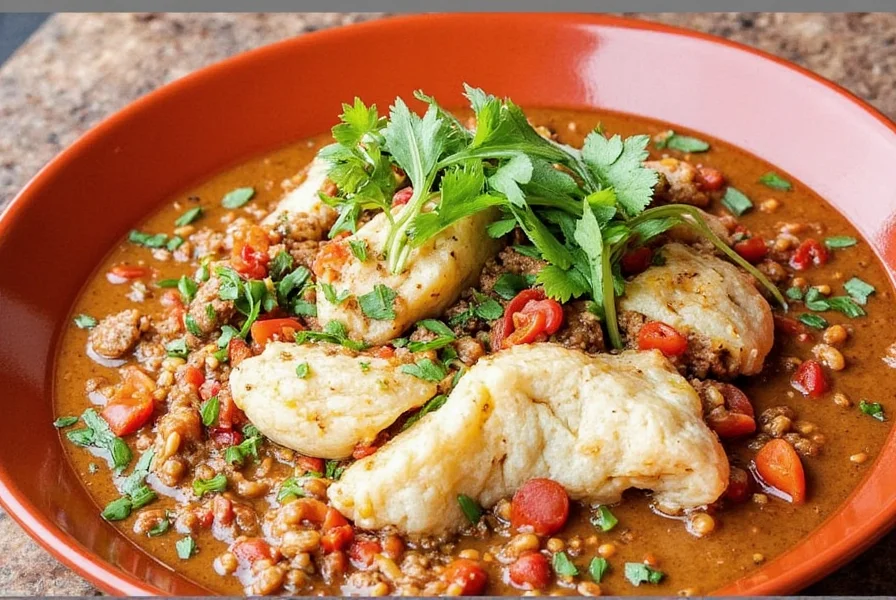
Key Ingredients in Creole Cooking
To understand what is Creole cooking, you need to know the essential ingredients that define it. These are the building blocks of every Creole dish:
- Tomatoes: A staple in many Creole sauces and stews.
- Onions and Bell Peppers: Often used in the “Holy Trinity” of Creole cooking (onion, green bell pepper, and celery).
- Garlic and Herbs: Garlic, thyme, bay leaves, and parsley add depth and aroma.
- Spices: Paprika, cayenne, and other hot spices give Creole food its signature heat.
- Seafood and Meats: Shrimp, crawfish, and sausage are common proteins in Creole dishes.
These ingredients work together to create the complex layers of flavor that make Creole cooking so special. It’s not just about adding heat—it’s about balance, texture, and tradition.
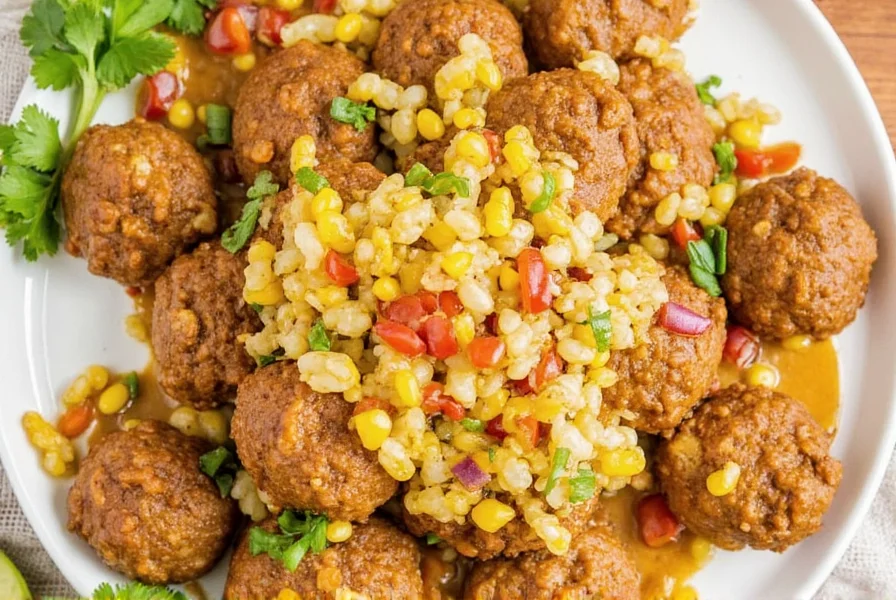
Flavor Profile and Spices
One of the most distinctive aspects of Creole cooking is its bold and layered flavor profile. Unlike some other cuisines that rely on a single dominant spice, Creole dishes use a careful blend of herbs, spices, and aromatics to create depth and complexity.
Common spices in Creole cooking include:
- Paprika: Adds color and mild heat.
- Cayenne Pepper: For a fiery kick.
- Thyme: A fragrant herb that enhances savory dishes.
- Bay Leaves: Adds earthy undertones to soups and stews.
- Garlic and Onion: Base flavors that elevate everything they touch.
It’s this combination of spices and ingredients that gives Creole cooking its signature taste. Whether it's a creamy gumbo or a spicy jambalaya, every bite tells a story of tradition and flavor.
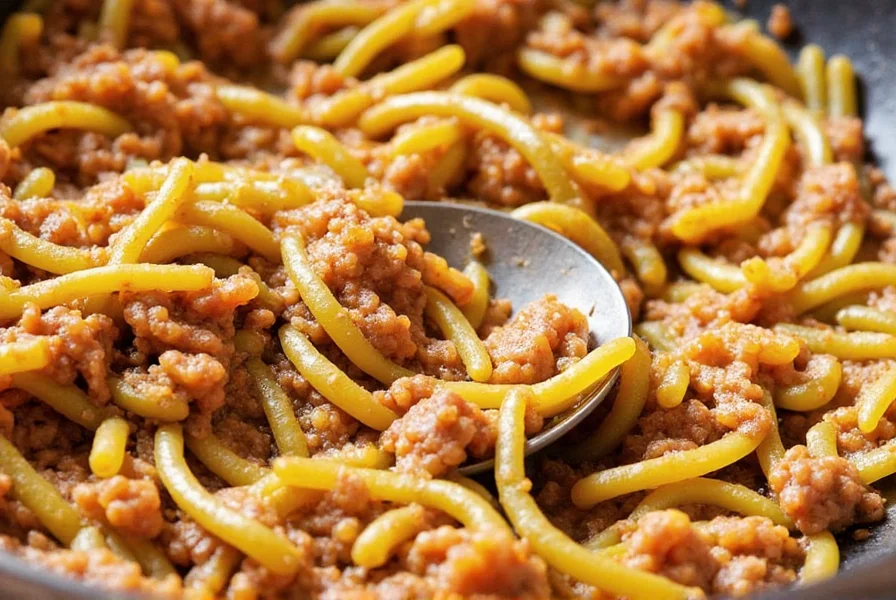
Creole vs. Cajun: What's the Difference?
A common question among those learning about Creole cooking is: What’s the difference between Creole and Cajun? While both are Louisiana-based cuisines, they have distinct origins and characteristics.
| Aspect | Creole | Cajun |
|---|---|---|
| Origin | Urban areas like New Orleans | Rural regions of Louisiana |
| Ingredients | More varied, including tomatoes and seafood | Hearty, using more root vegetables and pork |
| Spices | Moderate, balanced with herbs | Stronger, often spicier |
| Meal Style | More refined, influenced by European techniques | Simple, rustic, and home-cooked |
While Creole cooking tends to be more refined and restaurant-friendly, Cajun cuisine is all about comfort food and tradition. Both are worth exploring, but understanding the differences helps you appreciate what is Creole cooking in its own right.

Global Influence on Creole Cooking
Although Creole cooking is deeply rooted in Louisiana, it has also been influenced by global spice traditions. Over the years, the cuisine has incorporated elements from Caribbean, African, and even Middle Eastern cooking.
For example, the use of paprika and cayenne in Creole cooking reflects African and Caribbean spice blends. Similarly, the inclusion of seafood like shrimp and crab echoes the influence of coastal communities around the world. Even the concept of “gumbo,” which uses a roux base, can be linked to West African cooking techniques.
This global influence makes Creole cooking a fascinating study in how different cultures come together through food. It shows that what is Creole cooking is not just a regional style—it’s a reflection of the world’s rich culinary heritage.
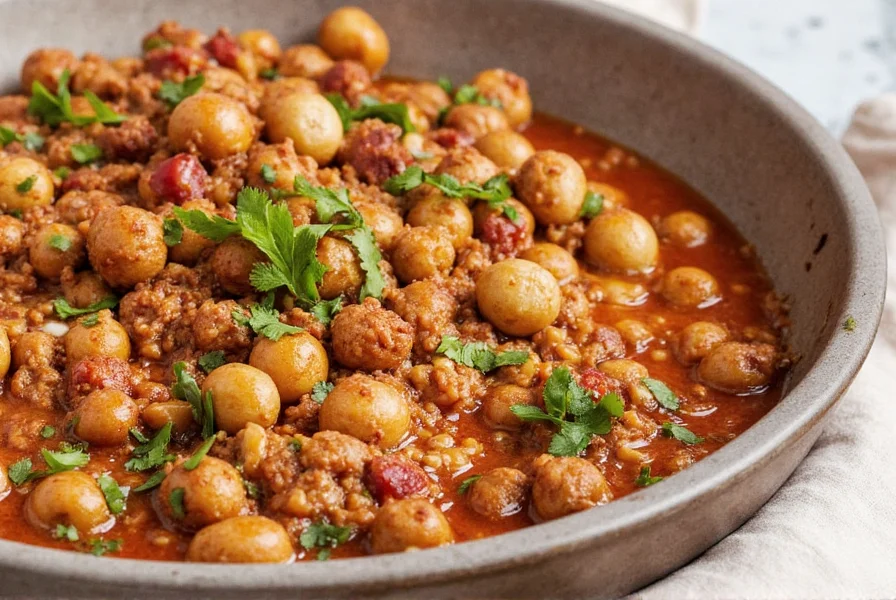
Practical Tips for Cooking Creole Dishes
If you’re eager to explore what is Creole cooking, here are some practical tips to help you get started:
- Master the Holy Trinity: Onions, green peppers, and celery form the base of many Creole dishes. Sauté them slowly to build flavor.
- Use Fresh Herbs: Thyme, oregano, and parsley enhance the aroma and taste of your dishes.
- Don’t Skimp on Spices: Creole seasoning is a must-have in your pantry. Use it to season meats, vegetables, and sauces.
- Slow Cook for Depth: Many Creole dishes, like gumbo and jambalaya, benefit from long, slow cooking to develop flavor.
- Experiment with Seafood: Shrimp, crawfish, and catfish are staples in Creole cooking—try incorporating them into your meals.
With these tips, you’ll be well on your way to mastering the art of Creole cooking and discovering the unique flavors that make it so special.
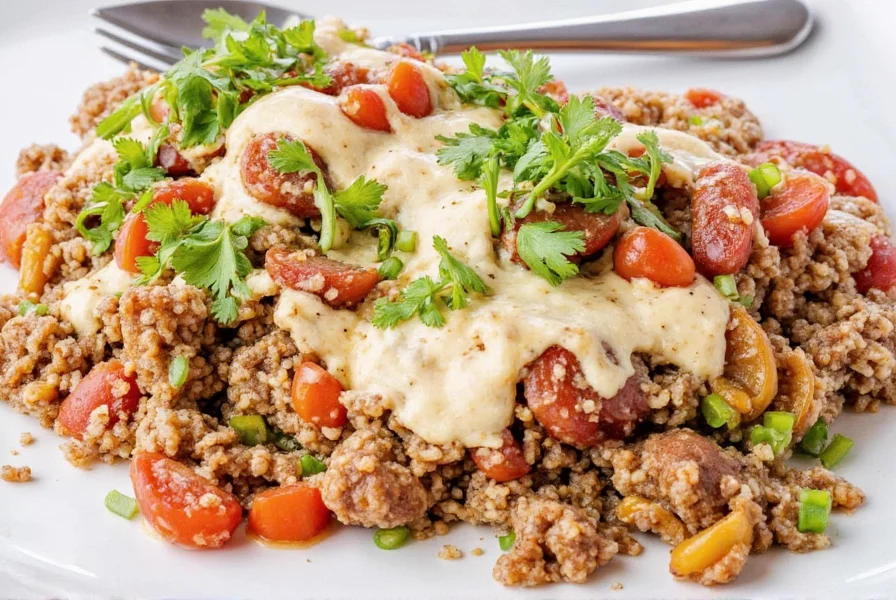
Buying Guide for Creole Cooking Essentials
Whether you're a beginner or an expert, having the right tools and ingredients is key to creating authentic Creole dishes. Here’s a guide to the best products for your Creole cooking journey:
1. Creole Seasoning Mix
Product: Tony Chachere’s Creole Seasoning
Features: A ready-made blend of paprika, garlic, onion, and other spices.
Advantages: Saves time and ensures consistent flavor.
Use Cases: Perfect for seasoning meats, vegetables, and soups.
Target Audience: Home cooks and casual chefs.
Suitable Occasions: Weeknight dinners, family gatherings, and holiday meals.
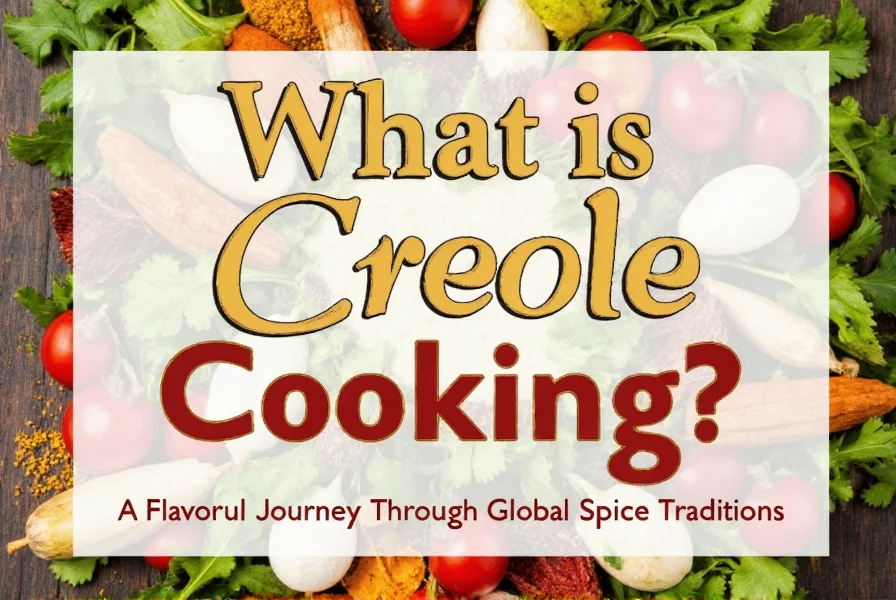
2. Cast Iron Skillet
Product: Lodge Cast Iron Skillet
Features: Durable, heat-retentive, and great for searing and baking.
Advantages: Versatile and ideal for Creole dishes like gumbo and jambalaya.
Use Cases: Stovetop cooking, roasting, and baking.
Target Audience: Serious home cooks and professional chefs.
Suitable Occasions: Everyday cooking, entertaining, and special events.
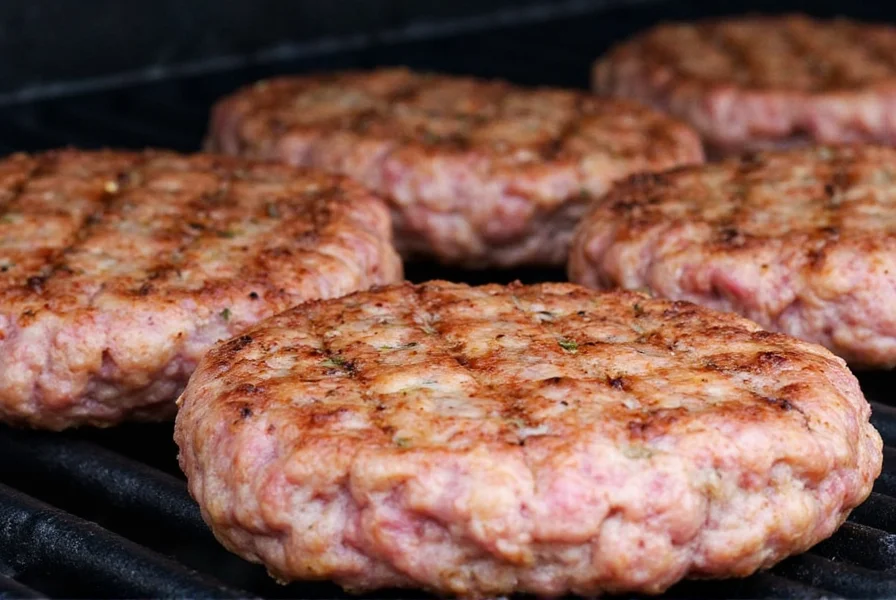
3. Wooden Spoon Set
Product: OXO Good Grips Wooden Spoon Set
Features: Non-scratch, ergonomic design, and durable.
Advantages: Ideal for stirring thick Creole sauces and soups.
Use Cases: Cooking and mixing in the kitchen.
Target Audience: All levels of cooks.
Suitable Occasions: Daily use, cooking classes, and recipe testing.
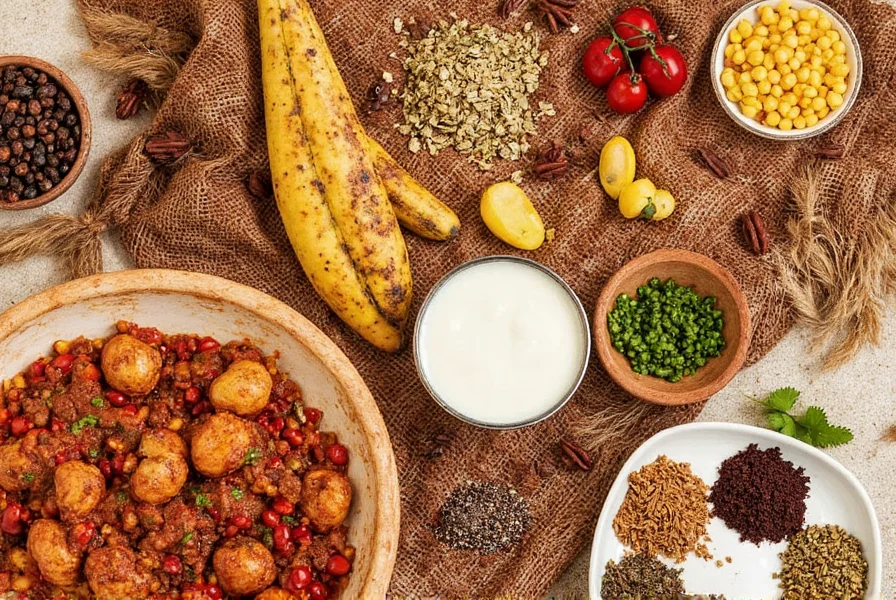
4. Glass Storage Containers
Product: Pyrex Glass Storage Containers
Features: BPA-free, stackable, and microwave-safe.
Advantages: Great for storing leftovers and prepped ingredients.
Use Cases: Meal prep, portion control, and fridge organization.
Target Audience: Busy professionals and families.
Suitable Occasions: Weekly meal planning, dinner parties, and lunches on the go.
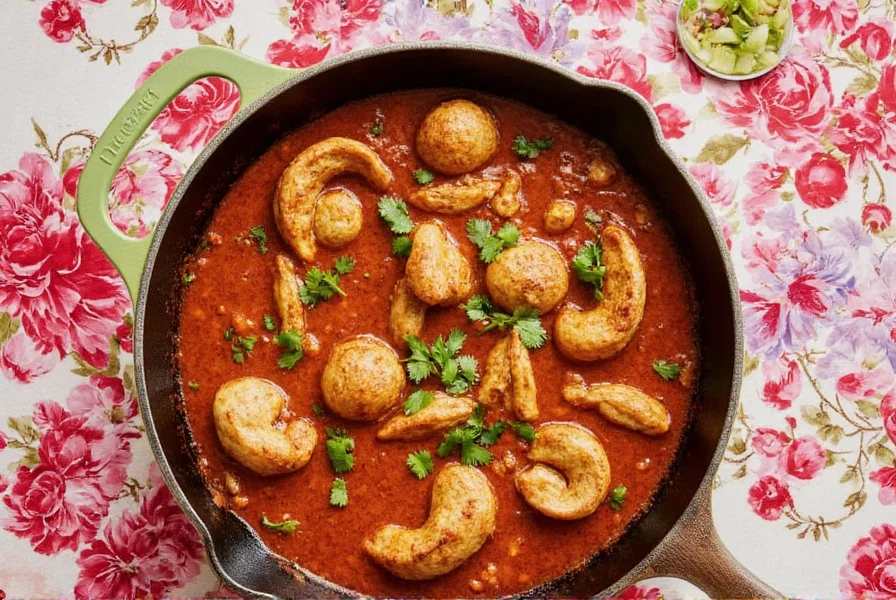
5. Immersion Blender
Product: KitchenAid Immersion Blender
Features: Powerful motor, easy to clean, and versatile.
Advantages: Perfect for pureeing soups, making sauces, and blending dressings.
Use Cases: Soup preparation, sauce making, and smoothie creation.
Target Audience: Home cooks and food enthusiasts.
Suitable Occasions: Casual dinners, holiday meals, and cooking experiments.
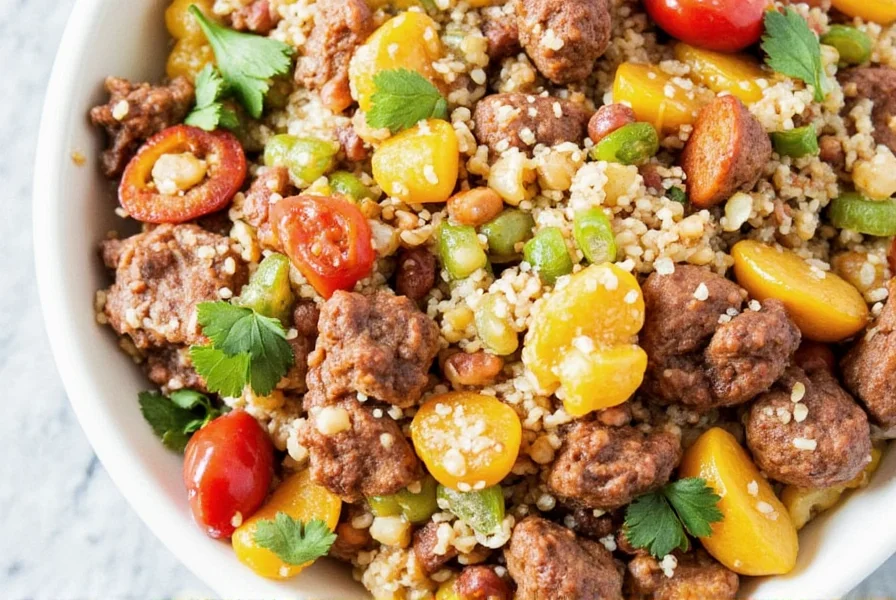
Conclusion
Creole cooking is more than just a type of cuisine—it’s a celebration of culture, history, and flavor. From the bustling streets of New Orleans to the heart of your own kitchen, the essence of what is Creole cooking lies in its bold spices, rich ingredients, and deep-rooted traditions.
Whether you're a seasoned chef or a curious beginner, there’s always something new to discover in Creole cooking. By understanding its origins, mastering its key ingredients, and experimenting with its techniques, you can bring the spirit of Creole cooking into your own home.
So grab your cast iron skillet, reach for your favorite Creole seasoning, and start cooking. Who knows—your next meal might just be a masterpiece of global spice traditions.

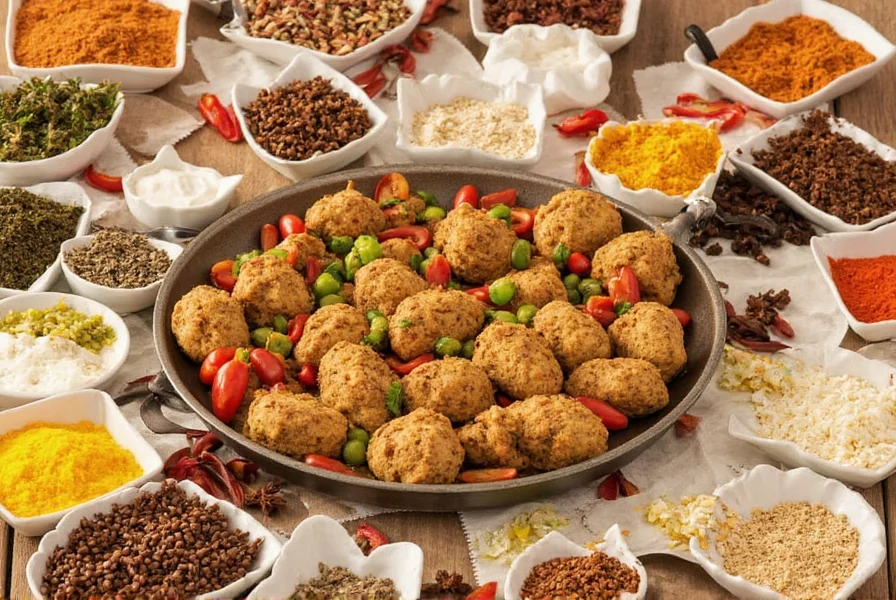









 浙公网安备
33010002000092号
浙公网安备
33010002000092号 浙B2-20120091-4
浙B2-20120091-4